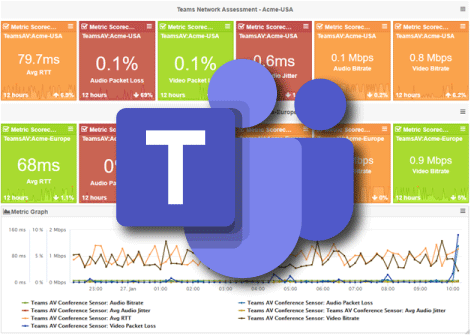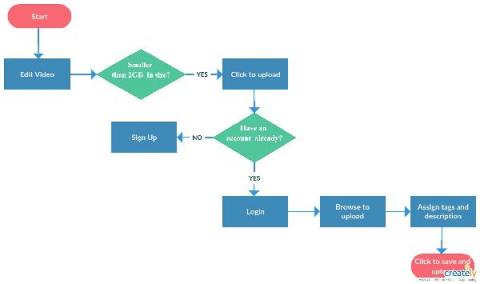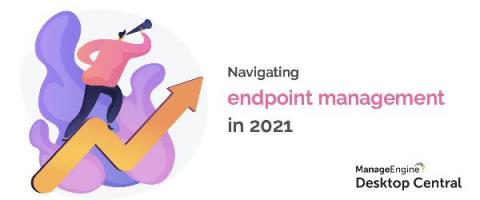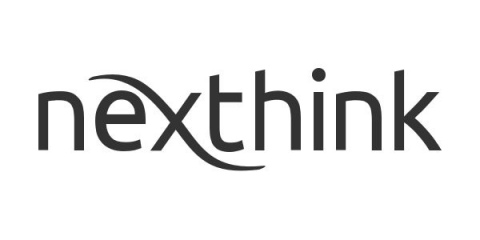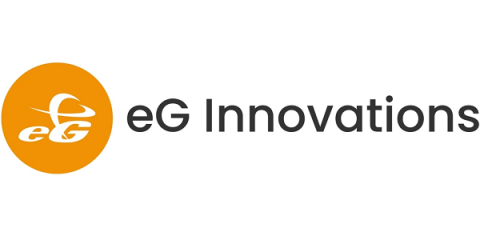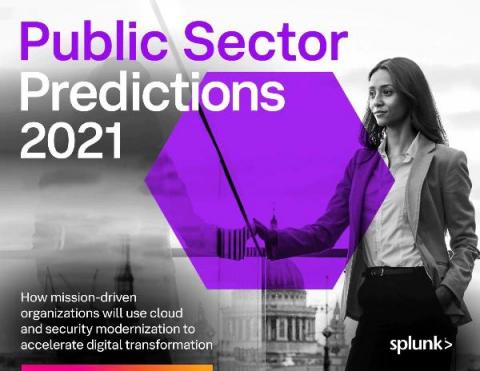Operations | Monitoring | ITSM | DevOps | Cloud
Latest News
Microsoft Teams Optimization for a Remote Workforce
Microsoft Teams is everywhere. Not surprisingly, during the pandemic, the number of daily active users for Teams increased to 75 million in 2020. More and more people are WFH and companies are becoming virtual. Personal meetings are fading now, and Teams poises to become the next best collaboration tool. According to a Riverbed study, 64% of US employees are now working from home because of the Covid pandemic. In turn, Microsoft Teams optimization has become a critical topic for Operations and Network personnel.
6 Tech Tools to Streamline Your Remote Workflow
Remote Team Management: The Do's and Don'ts
Remote team management has always been different for team managers and leaders. Not just challenging, but different. Not having the luxury to rub shoulders often and not having the liberty to have the entire team under one roof has compelled leaders to acquire new and innovative approaches to remote leadership. And while leadership styles and management approaches are ever-evolving, there are some core principles of effective remote team management that team leaders can stick to.
5 trends that will define endpoint management in 2021 and beyond
2020 was a year of tremendous dejection and disruption. Imagine if you had told your organization’s upper management that they had to switch their 10,000 or 20,000 strong corporate office to the virtual world back in January 2020. They would have flipped. Despite all the fear and loss that 2020 brought, we capitalized on the opportunities. And even a year later, there are still possibilities galore.
4 Tips for IT to Conquer their Big, Ugly, Remote Experience Challenges
“The best laid plans of mice and men, go oft awry, and leave us nothing but grief and pain” It may sound cliché but think back on the 2020 you had laid out and the 2020 you experienced and you’ll know it’s true. No matter what company you work for or what your job description entails, I’m willing to bet you had to throw a lot of good plans out the window when the pandemic hit. And if you didn’t, call me, I’d like your advice on some lottery numbers.
A Day in the Life: Remote Knowledge Worker in the Everywhere Workplace
What is the typical workday of a remote knowledge worker in the Everywhere Workplace and how is the Everywhere Workplace protected? Through Ivanti Neurons, MobileIron Unified Endpoint Management and Threat Defense, you have the power, wherever you work and whatever you are working on, to connect securely anywhere and everywhere even when faced with challenges. Here are some examples of common challenges and methods used by threat actors: 1.
The Role of IT Monitoring in Ensuring Good Citrix Work From Home (WFH) Experience
Many of the world’s largest businesses use eG Innovations’ solutions to enhance IT service performance, increase operational efficiency, ensure IT effectiveness, and deliver on the ROI promise of transformational IT investments across physical, virtual, and cloud environments. But what role will they play in the future of work? And how are Citrix and eG working together?
Five worthy reads: The future of work in a post-COVID world
Five worthy reads is a regular column on five noteworthy items we’ve discovered while researching trending and timeless topics. In this edition, we’ll learn about the changing face of work in the wake of the COVID-19 pandemic and the vaccine roll out.
UK Public Sector Predictions for 2021: Part 1
In this blog I’m exploring the issues that will guide senior leaders in Government this year as they continue their transformative journey towards digitalisation, remote work, cloud migration and a data-driven approach to public services.



